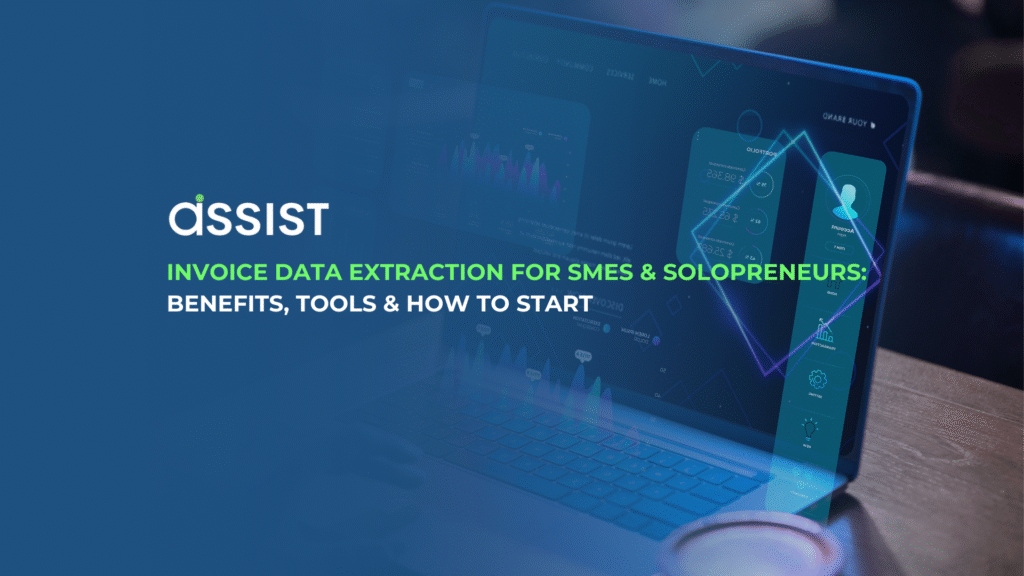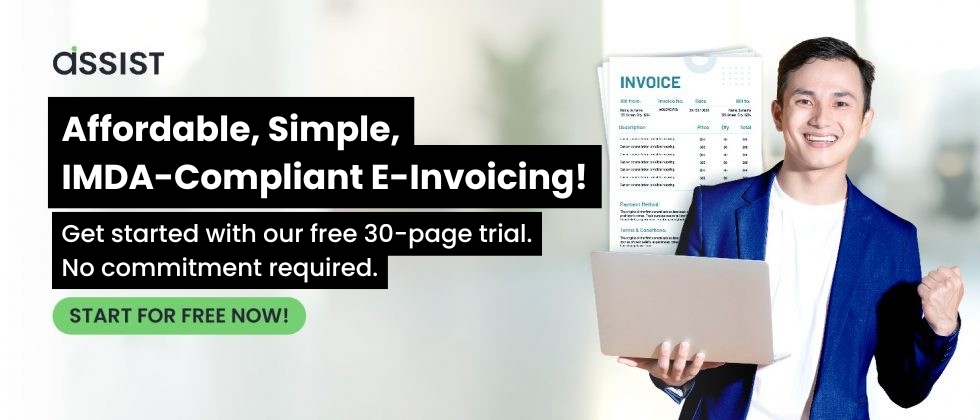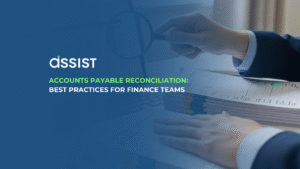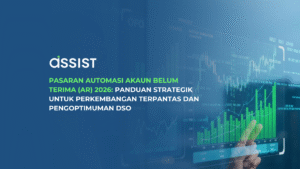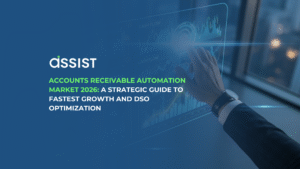Running a small business or working solo often means juggling many hats. One of the most time-consuming tasks? Entering invoice details manually. It’s tedious, error-prone, and steals hours that could be spent growing your business.
Invoice data extraction changes that. By automating the way invoice details are captured, SMEs and solopreneurs can save time, improve accuracy, and simplify compliance. Imagine turning hours of manual typing into just a few clicks.
What is Invoice Data Extraction?
In simple terms, invoice data extraction is the process of pulling essential details—such as invoice number, date, vendor name, line items, and totals—from invoices.
Traditionally, this meant typing everything by hand. Today, modern tools use Optical Character Recognition (OCR) and AI-powered algorithms to “read” invoices automatically. Think of it as having a digital assistant that scans your paperwork and delivers the important details neatly organized.
How Invoice Data Extraction Works
Here’s a simple workflow that makes sense for SMEs:
-
Upload the invoice – Scan or upload a PDF, image, or digital file.
-
Data extraction – OCR and AI detect and extract key fields like supplier, date, and amount.
-
Validation – You quickly check that the information is correct.
-
Export – Send the clean data into your accounting software or spreadsheet.
💡 Example: A freelancer in Malaysia takes a photo of a supplier invoice. Within minutes, the data is ready in Excel for tax filing.
Benefits of Invoice Data Extraction for SMEs & Solopreneurs
-
Save time: Cut hours of manual data entry each week.
-
Reduce errors: Automated tools catch and prevent mistakes.
-
Improve cash flow visibility: Get real-time insights into who owes you and what’s due.
-
Stay compliant: Especially important as Malaysia and other regions move toward mandatory e-invoicing.
👉 Learn more about compliance in Malaysia with Assist.biz’s e-Invoice guide.
Manual vs. Automated Invoice Data Extraction: Which Fits Your Business?
-
Manual extraction: Low-cost, but time-consuming and prone to mistakes. Works if you process only a few invoices per month.
-
Automated extraction: Faster, scalable, and cost-effective long term. Ideal once your invoice volume grows.
✅ Quick SME checklist:
-
<5 invoices/month → manual may still be enough.
-
20+ invoices/month → automation is the smarter investment.
Top Tools & Options for Invoice Data Extraction
Here’s a look at popular solutions for SMEs and solopreneurs:
| Tool/Option | Best For | Cost Level | Ease of Use | Notes |
|---|---|---|---|---|
| DocuClipper | SMEs needing quick setup | $$ | Very easy | Cloud-based, simple interface. |
| Docparser | Growing SMEs | $$ | Moderate | Good integrations, flexible templates. |
| Nanonets | Larger SMEs | $$$ | Moderate | AI-powered, more enterprise-focused. |
| Microsoft Azure | Enterprises & developers | $$$$ | Complex | Requires technical setup. |
| invoice2data (open-source) | Tech-savvy solopreneurs | Free | Hard | Python-based, DIY approach. |
💡 Tip: Start with a simple cloud tool, then scale up as your needs grow.
Step-by-Step: How to Get Started with Invoice Data Extraction
-
Choose a tool that fits your budget and skills.
-
Upload a sample invoice (PDF or scanned copy).
-
Verify key fields (like invoice number, due date, amount).
-
Export the data into Excel or your accounting software.
-
Automate further as your invoice volume increases.
For Malaysian SMEs, Assist.biz streamlines this process while ensuring compliance with local e-invoicing rules.
Common Challenges & How to Overcome Them
-
Poor scan quality → Use high-resolution scans or request digital PDFs.
-
Incorrect field mapping → Spend a few minutes configuring templates properly.
-
Learning curve → Start with easy tools before exploring advanced automation.
The Future of Invoice Data Extraction
The technology is evolving quickly. AI and machine learning are making extraction more accurate and adaptable to different invoice formats.
Governments worldwide, including Malaysia, are mandating e-invoicing. Early adopters will enjoy smoother compliance and cost savings.
Conclusion: Work Smarter, Not Harder
For SMEs and solopreneurs, invoice data extraction is more than convenience—it’s about efficiency and growth. By cutting manual work, reducing errors, and ensuring compliance, you free up time to focus on what matters most: running your business.
👉 Ready to simplify your invoicing process? Register with Assist.biz today and take the first step toward stress-free invoice management.
